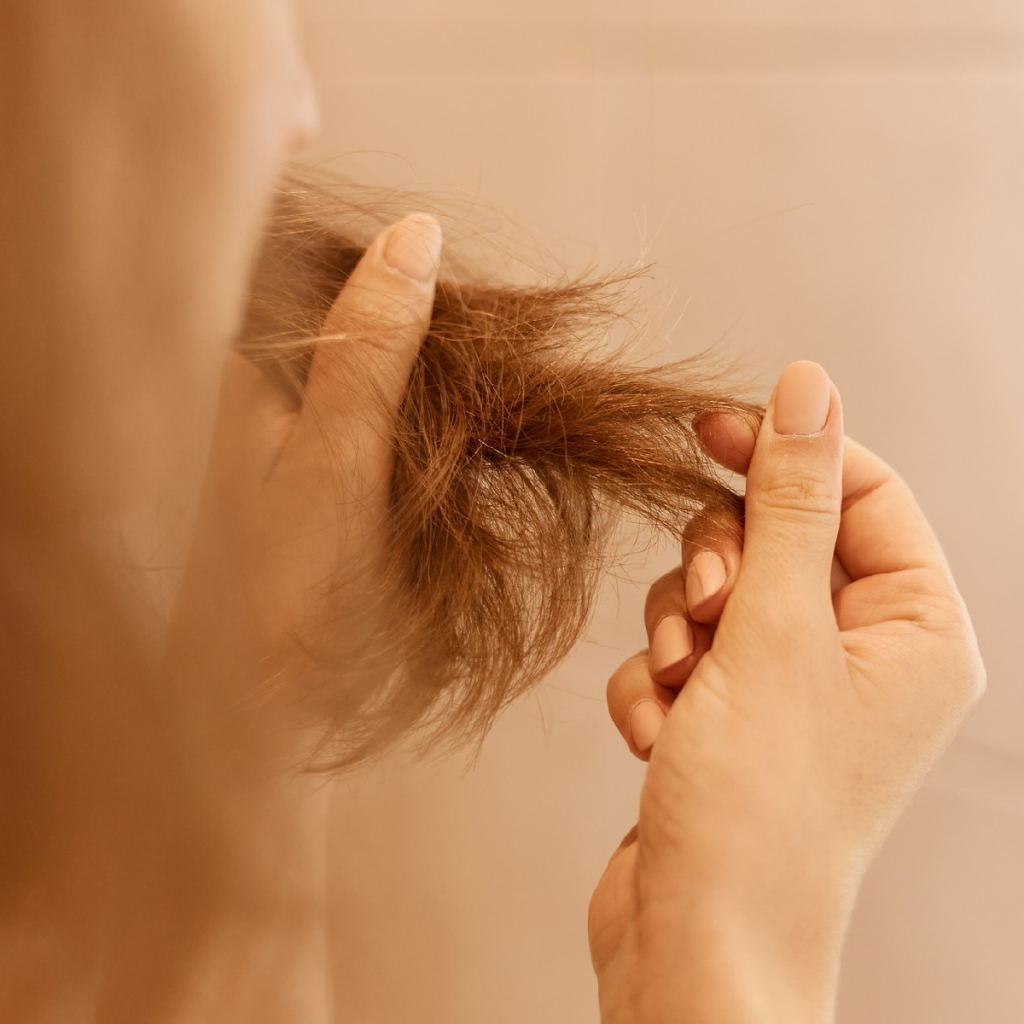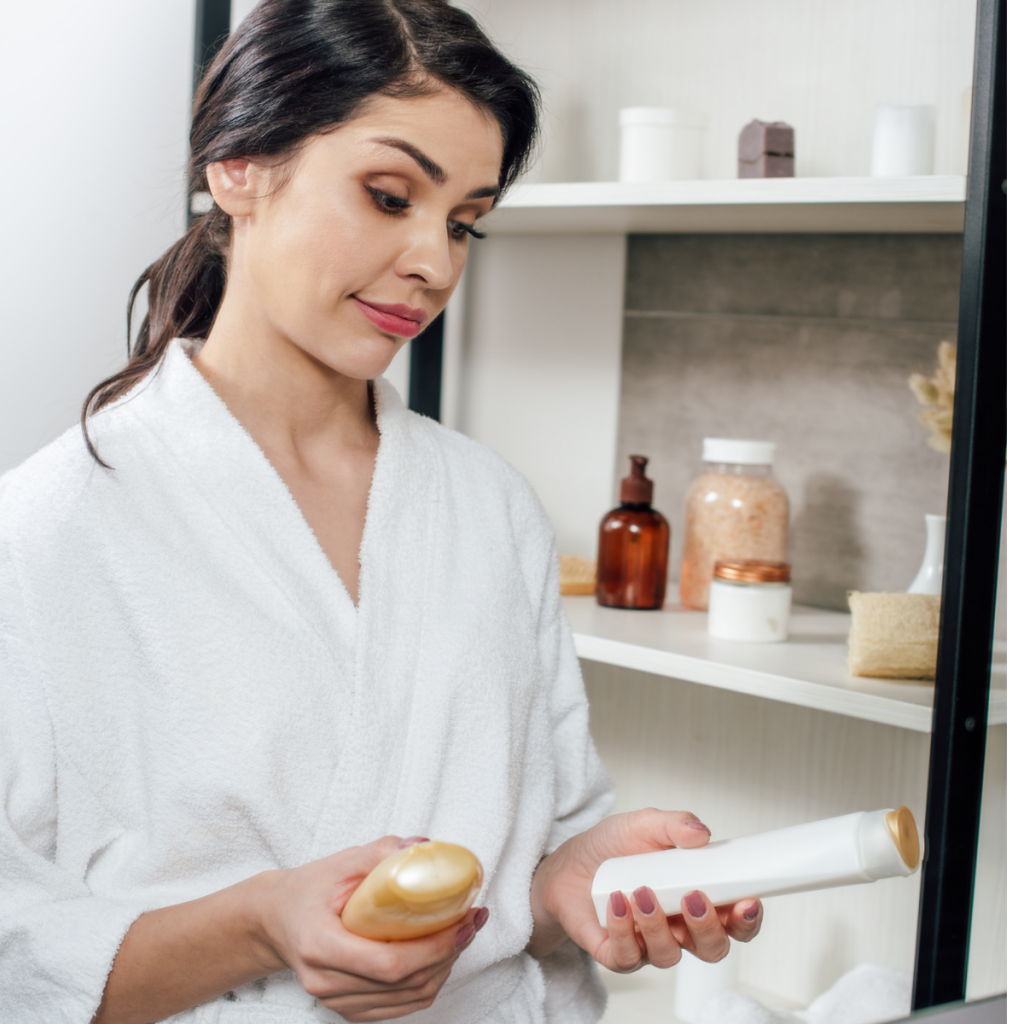Discover the truth about regular hair trimming and its impact on split ends and frizz.
Does Regular Trimming Reduce Split Ends and Frizz?
Understanding Hair Health
When it comes to our precious locks, we all want to keep them healthy and fabulous. But how exactly does hair health work? Let’s dive into the fascinating world of hair anatomy.
The Anatomy of a Hair Strand:
Each strand of hair is composed of multiple layers. On the outside, we have the cuticle, which is like the armor protecting our hair from damage. Underneath the cuticle, we find the cortex, which gives our hair its strength and elasticity. And at the core, there’s the medulla, which, let’s be honest, isn’t as glamorous as the other layers, but it’s there, doing its thing.
What Causes Split Ends and Frizz?:
Sadly, our beloved locks are not bulletproof. Split ends and frizz are the villains that try to ruin our hair party. Split ends happen when the protective cuticle is damaged, causing the hair to split into multiple strands. Frizz, on the other hand, occurs when the cuticle gets rough and allows moisture to penetrate, turning our strands into a chaotic mess.

The Science Behind Hair Trimming
Now, let’s get to the nitty-gritty of trimming our hair. You may be wondering, how does something as simple as cutting our hair actually affect its overall health?
How Trimming Affects Hair Health:
Trimming plays a crucial role in maintaining the overall health of our hair. By snipping off those split ends, we prevent further damage from traveling up the hair shaft. It’s like removing a little troublemaker before it causes havoc in the neighborhood.
But let’s dive deeper into the science behind it. When our hair grows, it emerges from the hair follicles, which are tiny structures located beneath our scalp. These follicles produce a protein called keratin, which is responsible for giving our hair its strength and structure.
Over time, our hair is exposed to various external factors like pollution, heat styling, and chemical treatments, which can weaken the keratin bonds. This weakening leads to the formation of split ends, where the hair shaft splits into two or more strands. Split ends not only make our hair look frizzy and dull but also make it more prone to breakage.
The Impact of Regular Trimming on Split Ends:
Regular trimming can significantly reduce the occurrence of split ends. Think of it as a proactive measure to keep your hair looking fresh and fabulous. By getting rid of those pesky split ends, you’re giving your hair the opportunity to grow stronger and healthier.
When you trim your hair, you remove the damaged ends, preventing them from splitting further. This helps in maintaining the integrity of the hair shaft and prevents the damage from spreading upwards. By cutting off the split ends, you’re essentially removing the weak points in your hair, allowing it to grow without hindrance.
Additionally, regular trims can also improve the overall appearance of your hair. By removing the split ends, your hair looks smoother, shinier, and more manageable. It’s like giving your hair a fresh start, free from the burden of damaged ends.
Moreover, when you trim your hair, you’re also promoting better hair growth. When split ends are left unattended, they can cause the hair to break off, leading to shorter hair length. By trimming regularly, you’re ensuring that your hair grows evenly and retains its length.
So, the next time you think about skipping that hair trim, remember the science behind it. Regular trimming not only keeps your hair looking great but also promotes its overall health and vitality. Embrace the power of a good trim and watch your hair flourish!
Debunking Hair Trimming Myths
Alright, it’s time to bust some myths and separate fact from fiction. Let’s dive into the swirling world of hair trimming misconceptions.
Many of us have heard various myths surrounding hair trimming, and it’s time to set the record straight. While regular trims are an essential part of maintaining healthy hair, there are some common misconceptions that we need to debunk.
Myth: Trimming Makes Hair Grow Faster:
Sorry to burst your bubble, but trimming your hair doesn’t have any magical powers to make it grow faster. Hair growth happens at the root, not at the ends. The idea behind this myth might be that by trimming the ends, you’re preventing split ends and breakage, which can make your hair appear healthier and longer. However, the actual growth of your hair occurs within the hair follicles on your scalp, and trimming the ends has no direct impact on the speed of that growth.
So, while regular trims can promote healthier hair growth by removing split ends and preventing further damage, don’t expect Rapunzel-like locks overnight. Patience and a consistent hair care routine are key when it comes to achieving longer hair.
Myth: Trimming Eliminates All Frizz:
We wish it were true, but unfortunately, trimming alone won’t magically banish all frizz from your life. While it can help remove damaged ends and improve the overall health of your hair, you’ll still need to implement a solid hair care routine to win the battle against frizz.
Frizz occurs when the hair’s outer layer, known as the cuticle, becomes raised and allows moisture to penetrate the hair shaft. Trimming can help eliminate some of the damaged ends that contribute to frizz, but it’s not a one-stop solution. To effectively combat frizz, you’ll need to incorporate moisturizing and anti-frizz products into your routine, as well as use techniques like air-drying or diffusing instead of heat styling.
Additionally, factors like humidity, genetics, and the natural texture of your hair can also play a role in frizz formation. So, while trimming is beneficial for overall hair health, it’s not a magical cure for all frizz-related woes.
The Role of Hair Care Routine in Preventing Split Ends and Frizz
Ready to take charge of your hair’s destiny? It’s time to dive into the intricate world of hair care routines. Let’s explore the fascinating details of how a well-designed hair care routine can help you prevent split ends and frizz, and keep your locks looking fabulous.
Importance of Hydration and Conditioning:
Hydration is key, my friends. Keeping your hair moisturized and well-hydrated is essential to prevent split ends and frizz. When your hair lacks moisture, it becomes brittle and prone to breakage. This is where conditioning comes to the rescue. Regularly conditioning your hair helps to seal in moisture and nourish those precious strands, keeping them happy and frizz-free.
But what exactly happens when you condition your hair? Well, let’s take a closer look. Conditioners are formulated with ingredients that penetrate the hair shaft, replenishing it with essential nutrients and oils. These nutrients help to strengthen the hair from within, making it more resilient to damage. Additionally, conditioners create a protective barrier on the hair’s surface, locking in moisture and preventing environmental factors from wreaking havoc on your tresses.
So, the next time you reach for that bottle of conditioner, remember that it’s not just a simple step in your hair care routine. It’s a powerful weapon in your arsenal, fighting against split ends and frizz.
Choosing the Right Hair Products:
Not all hair products are created equal. When it comes to selecting the best products for your hair, consider your specific needs and hair type. Whether it’s a moisturizing shampoo, a nourishing hair mask, or a leave-in conditioner, finding the perfect products will make all the difference in your battle against split ends and frizz.
Let’s delve into the world of hair products and explore what makes them effective. Moisturizing shampoos, for example, are designed to cleanse your hair while also providing it with much-needed hydration. These shampoos often contain ingredients like aloe vera, coconut oil, or shea butter, which are known for their moisturizing properties. By using a moisturizing shampoo, you can ensure that your hair remains hydrated and less prone to split ends and frizz.
Another product that deserves a special mention is the nourishing hair mask. This little gem is like a spa treatment for your hair. Packed with vitamins, proteins, and other nourishing ingredients, hair masks deeply penetrate the hair shaft, repairing damage and restoring its natural shine. Adding a hair mask to your routine once or twice a week can work wonders in preventing split ends and taming frizz.
And let’s not forget about leave-in conditioners. These lightweight formulas are designed to be applied after washing your hair and left in, hence the name. Leave-in conditioners provide continuous hydration throughout the day, keeping your hair moisturized and protected from external aggressors. They are particularly useful for those with dry, damaged, or frizzy hair, as they provide an extra layer of defense against split ends and frizz.
So, my friends, armed with the knowledge of the importance of hydration and conditioning, as well as the art of choosing the right hair products, you are now well-equipped to tackle split ends and frizz head-on. Remember, a well-crafted hair care routine is not just about looking good; it’s about nourishing and protecting your hair, ensuring that it remains healthy and vibrant for years to come.

Professional Insights: Hair Stylists’ Perspective on Regular Trimming
Curious about what the experts have to say? Let’s get some insider tips straight from the hair stylists themselves.
When it comes to maintaining healthy hair, hair stylists agree that regular trimming is essential. It’s not just about getting rid of split ends, but also about promoting overall hair health. By getting a trim every six to eight weeks, you can keep your locks looking luscious and prevent any damage from spreading.
Expert Tips for Maintaining Healthy Hair:
So, what exactly does regular trimming do for your hair? Well, it helps to remove any damaged or split ends that can make your hair look dull and lifeless. By getting rid of these ends, you allow your hair to grow stronger and healthier. Regular trims also help to prevent breakage, as split ends can travel up the hair shaft and cause further damage.
How Often Should You Really Trim Your Hair?:
Now, you might be wondering how often you should trim your hair. The truth is, there’s no “one size fits all” answer. The frequency of trims depends on various factors, such as your hair’s condition, length, and styling routine.
If you have long hair, you may need more frequent trims to keep it looking healthy and prevent any split ends from becoming a problem. On the other hand, if you have shorter hair, you may be able to go a bit longer between trims. It’s important to consult with a professional stylist who can assess your hair’s needs and help you determine the ideal trimming schedule for your individual needs.
So, let’s wrap it up. Regular trimming is indeed the superhero in the battle against split ends and frizz. By understanding hair health, debunking trimming myths, and implementing an effective hair care routine, you’ll be well on your way to achieving hair that’s healthy, happy, and ready to dazzle the world.
Remember, folks, a little trim can go a long way! So don’t neglect your hair’s needs and make sure to schedule those regular trims to keep your locks looking their best.





